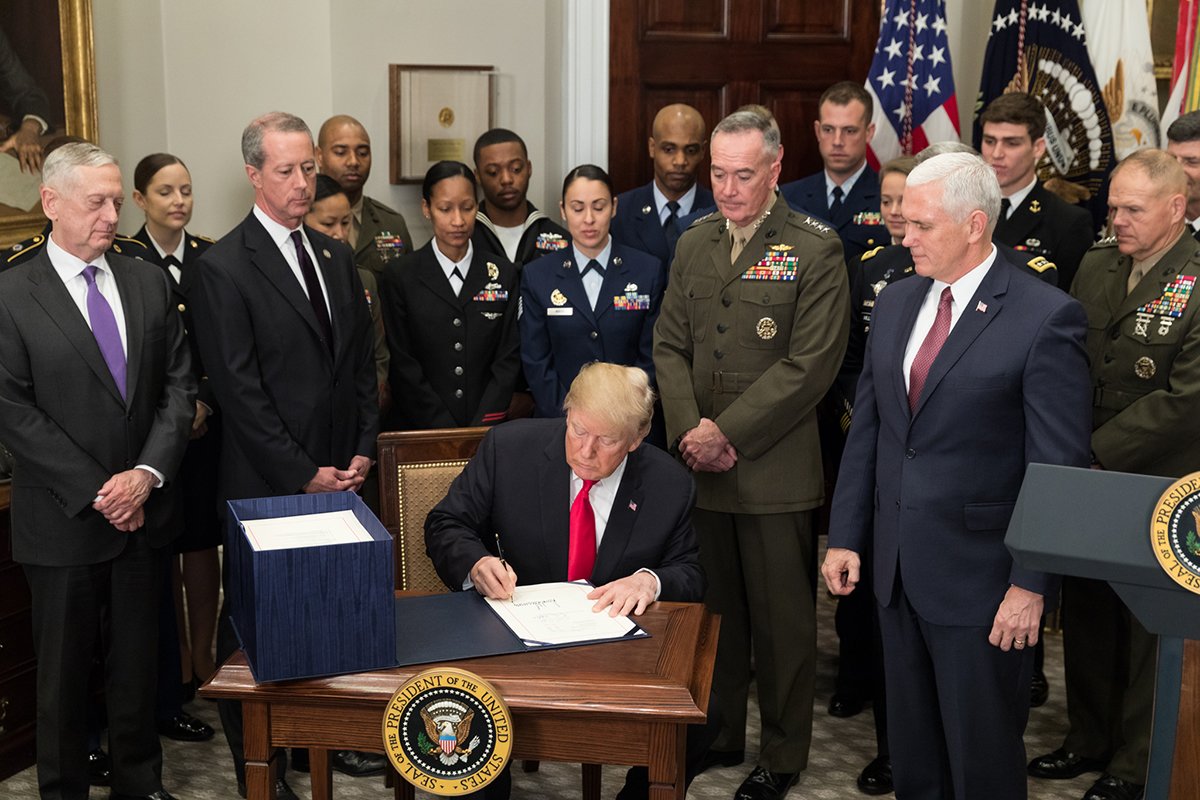As expected, the President proposes to use his 2019 Budget, released on February 12th, to pay for the $1.5 trillion deficit increase included in the 2017 Tax Cut bill. While it may be that many of the proposed cuts will not be acted on this year, the President’s Budget is likely a road map of what lies ahead in the next Congress – this constant pitting of the rich against those who have much less or very little, the most vulnerable children, families, senior and other adults.
- Programs that provide basic assistance for those who are sick, hungry and homeless are on the chopping block once again – Medicaid, SNAP (the Supplemental Nutrition Assistance Program), and housing assistance. The Budget’s legislative proposals for Medicaid alone are estimated to produce net savings to the Federal Budget of $1.4 billion over 10 years. In addition, according to the Center on Budget and Policy Priorities, SNAP would be reduced by nearly 30 percent over ten years resulting in at least 4 million low-income people losing their SNAP benefits. And SNAP recipients would have to trade in their EBT cards for government distributed food boxes. The housing proposals include deep funding cuts, harmful rent increases and arbitrary work requirements.
- The Budget supports a two-part approach to repealing and replacing the Affordable Care Act (ACA), starting with enactment of legislation modeled closely after the Graham-Cassidy-Heller-Johnson (GCHJ) bill which was defeated in 2017 and would have ended protections for Americans with pre-existing conditions, imposed drastic caps and cuts to Medicaid, ripped away coverage from millions, and raised costs for millions more. The Budget also proposes to build on the recent Administration guidance allowing states to impose work requirements on Medicaid enrollees by giving states even more flexibility to cut benefits, restrict eligibility, and impose increased cost-sharing.
- The Social Services Block Grant, the Low income Home Energy Assistance Program, and the Community Services Block Grant, all which direct assistance to low income children, families, seniors and other adults, are proposed for elimination.
- Funding for the Temporary Assistance for Needy Families Block Grant is reduced by 10 percent and the TANF Contingency Fund, available to states suffering economic downturns, is eliminated.
Funding for many programs for children was left close to its current level, ignoring the fact that many of these programs have not seen funding increases for at least the last several years and children’s needs are going unmet.
- While small program increases are proposed for Head Start and child care, they don’t begin to make up for the generally level funding in these programs over the last several years and fall far far behind the historic child care funding increase in the Bipartisan Budget Agreement signed by the President on February 9th. The Budget would eliminate the $250 million Preschool Development Grant Program.
- Cuts of more than $3 billion in the Budget for the Education Department would totally eliminate the 21st Century Community Learning Centers, Title II Teacher Grants and Promise Neighborhoods, and eliminate or streamline more than 30 other education programs. Funding for both the Title I Program for Disadvantaged Children serving children in areas of concentrated poverty and the Individuals with Disabilities Education Act program are held about at least year’s levels. At the same time, the Budget targets $1.6 billion for states to use for public or private school choice.
- Programs for child welfare, family violence and runaway and homeless youth programs were generally left at current levels or increased modestly. The Budget proposes to give states and tribes the option to experiment with a modified block grant for their federal foster care maintenance and administrative funds. There is no indication that the cap on such a block grant would grow over time.
- Federal support for key juvenile justice programs at $230 million for FY 2019 has declined to the lowest levels in more than a decade, severely hindering states’ abilities to serve vulnerable youth.

